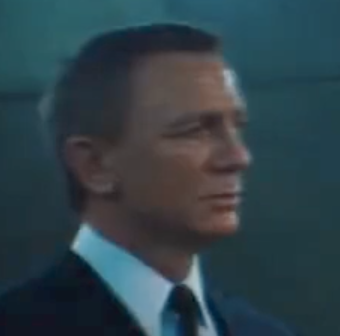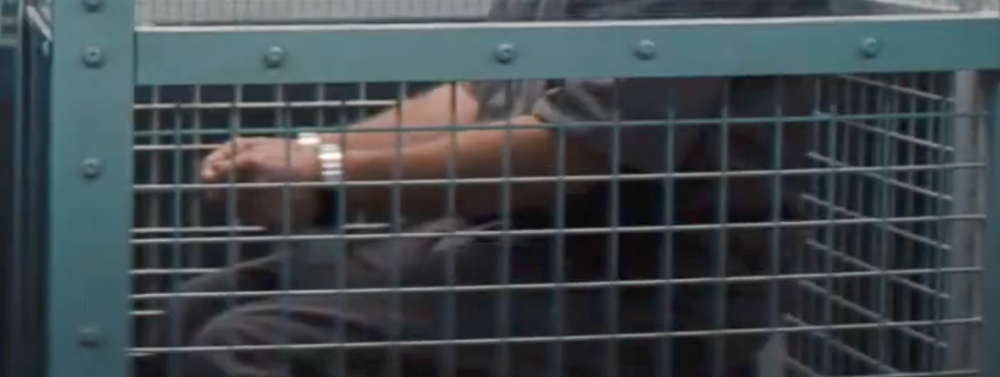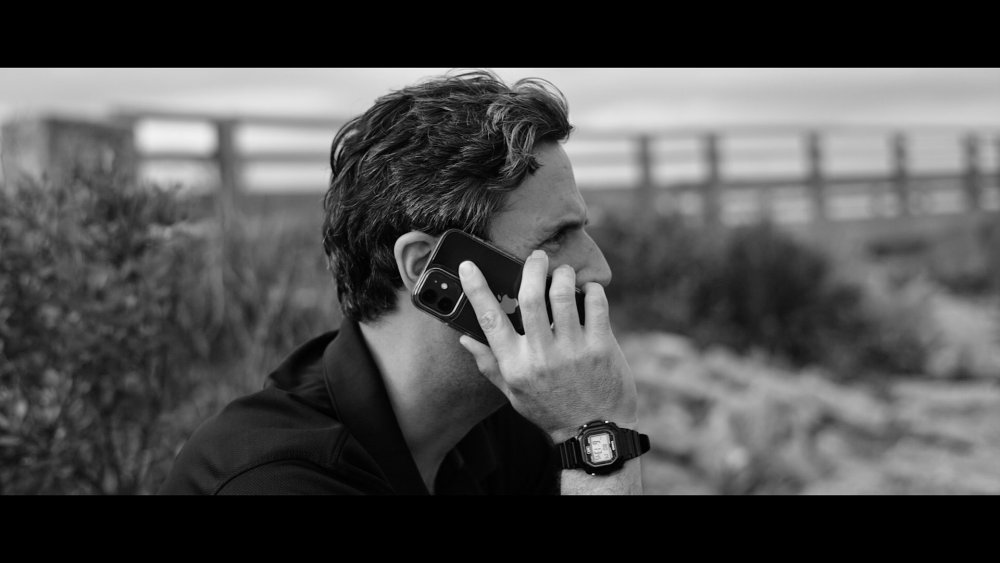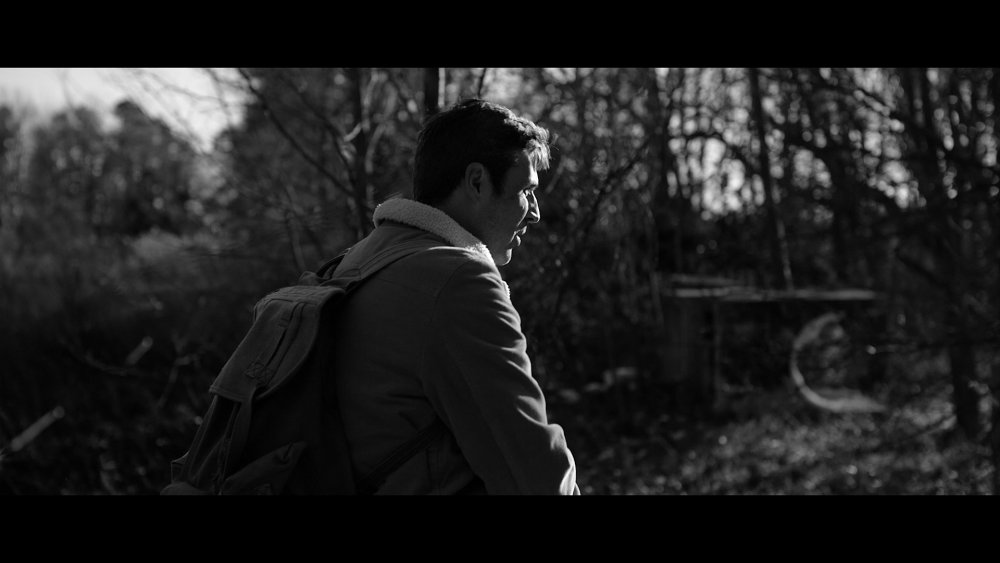Leaderboard
Popular Content
Showing content with the highest reputation on 11/16/2021 in all areas
-

A manifesto for the humble zoom lens
John Matthews and 3 others reacted to kye for a topic
While I'm no fan of the Sigma 18-35, it can be (with careful consideration) the basis for a nice look. I'd suggest: Diffusion filters (as others have suggested) but be aware there are lots of them and all have different looks so that's worth doing some research into - most brands will provide comparisons of their various products so you can narrow down and then look at real-world reviews Some of the characteristics of vintage lenses can be added in post, including: Softening of the edges (use a mask like a vignette but use a blur effect - experiment with different types of blurs here too - radial vs pinch(?) vs "lens" vs directional blurs etc Chromatic aberrations can be added, either to the whole frame or to the edges using a mask Vintage lenses often vignette Vintage lenses often have pincushion distortion - where objects on the edges get curved like a slight fish-eye effect - this can often be introduced with a "lens correction" slider which are common You can even put an oval shape over the front of the lens which will make your bokeh oval-shaped (at least when you have the lens wide-open) but bear in mind it will lower the light coming through the lens and depend DoF slightly With the BM S16 cameras they tend to be on the softer side due to 1080p sensors and lock of sharpening so having a tack-sharp lens isn't a bad thing per-se, it's just on the bland side. It used to make me mad too, but now I realise that it's all a scam. They say the biggest lies are the most successful and I think it's true here too. Have a look at this: and I don't mean "see how large the budget is" - I mean go shot by shot, pause each one, and actually look at the image. If I can take a small liberty for educational purposes, have a look at the frame at 14s, it includes the main star of the whole movie looking like this: and then imagine what DXOMark would say if they tested this lens: This single frame reveals the truth about the cinematic look: The video is uploaded in 2K - because the film is projected in 2K in cinemas The frame has edges that are blurry, even in 2K (see above snippets) The frame has significant pincushion distortion (look at the "straight" lines on the edges of frame) It has quite deep DoF It has spectacular colour Checkmate YouTubers! Of course, I say that sarcastically because the reality is that they've checkmated all of us years ago when they started talking about sharp lenses and 4K and we didn't just laugh and skip the video and watched something remotely sensible instead. I mean, that single frame is so optically poor from a technical perspective that most forum nerds would recommend throwing that lens away, and yet it was used in a key scene in a $250M movie that has grossed $700M+ worldwide. Turns out we didn't need MORE pixels, we needed BETTER pixels. The proof was in the movie theatre the whole time and we never called their bluff. Or even been to a movie theatre in the last 30 years..... Why? The DoF is a function of focal length, so if I take my 12-35/2.8 lens, set it to 12mm f2.8 and focus on an object it will have a different DoF than if I set it to 35mm f2.8 and focus on the same object from the same camera position. DoF is variable, even with constant aperture zoom lenses. In fact, it's probably less variable on a variable aperture zoom. You said you don't really zoom while filming, so constant exposure isn't really an issue from that point of view. If you've zoomed and want to match exposure then just adjust your ND - you've adjusted your composition already so a twist of an ND isn't a big deal. If you're shooting with variable apertures and matching exposure with ISO and wanting to match the noise profile then just get familiar with NR - most cinema cameras have noise (even at their native ISOs) that would make any videographer CRY. Professional colourists know about NR and how to use it, and it will be used on almost every professional movie or TV show you have ever seen. Videographers complain about noise in their images and it just shows they literally don't know the first thing about high-end productions (and I mean first thing, because NR is usually the first node of a professional colourists workflow). Not sure what specific post you're referring to, but most kit lenses are ~24-70, most secondary zooms are 70-200, and most systems have a 16-35 equivalent. The numbers all look different between brands and mounts etc, but they mostly boil down to those ranges. I'd say from just that statement alone you're doing far better than most forum peeps, because: You seem to know what kind of shooter you are You seem to actually shoot (armchair critics aren't a fan of the 12-32mm lens) You seem to understand how the equipment you have relates to what your requirements are ("nice and portable" isn't a think armchair critics who don't shoot say) Sadly, this makes you far ahead of the curve. Most of camera internet discussions are about specs, with people recommending you change what and how you shoot in order to match the latest equipment rather than the other way around, and TBH mostly it's just the blind leading the stupid, or these days the shills leading the gullible to part with their money!4 points -
2 points
-
2 points
-
"Just on the bland side" is the key for me. I get that the Sigma 18-35 provides you with a tabula rasa for whatever look you want to apply in post, but I view a lens more as a partner than a tool: I like lenses that assert their own character (which doesn't necessarily mean aberrations, just some distinction in the rendering and bokeh), and add an element of unpredictability. I don't want to be totally in control, either for stills or video; I like seeing what a lens offers in terms of its own look and learning to work within that universe.2 points
-
A very timely post Kye as I have just been wrestling myself with what kit I am taking into my Spring 2022 season now that my (what there was of it, 6 weeks in total) 2021 is one month past finished. 4 bodies I wish to reduce to 2 and whether that means zoom lenses will be coming back full-time... I've decided to keep my S1R for stills. That's a no-brainer. I've decided to keep the S1H for video. That's a no-brainer. Being honest, I'd trade both for a single Nikon Z9 without even thinking about it now I've read up on the thing, but that's a different topic of conversation... That means both S5's are going. Not as good at stills and not as good at video, IBIS isn't as good, nor is the build or ergos or screens or anything. GREAT cameras in isolation, but not as good as their big brothers and I have no use for 4 bodies. Which makes lens choice even more important. In an ideal world, I'd have 2 matched bodies, but that could not be a pair of S1R's or S1H's or S5's so for now at least, need to remain a dedicated stills and a dedicated video rather than the pure hybrid I'd ideally like. With a pair of matched hybrids, I could easily shoot say 24 + 50 indoros and 35 + 85 out which would be my ideal (and also happens to coincide with Panny's own f1.8 line up). But as that can't happen and as much as I like the theoretical concept of a single focal length and that's it, the reality is for weddings, it is not 100% ideal. So zoom's it is. I've got the Sigma 28-70mm f2.8 and that is going to live on the S1H for the 2022 season as 4k 50p, in S35 mode (the only option), it's like shooting a 42mm and a 105mm prime and as my 2 'ideal' focal lengths for video are 50 and 100, it's very very close. For stills, it has to be the Lumix 24-105mm f4 'kit' zoom. It's bigger than I'd like and I'd prefer it to be f2.8...but then it would be even bigger, but the reality is it's just a damn good lens and like a bag of (f4) primes in one single unit; 24, 35, 50, 85 and 105. In terms of shallow DOF (which I have liked for over 20 years), OK, it's not great at the wider end, but at the longer, actually, not bad at all and as Kye points out, for us Panny users, we can get all the AF help we can get and the 24-105 is one of the fastest focusers on the L Mount system. Finally, it means when shooting these 2 combos side by side, the focal lengths are fairly similar being 42-105 video vs 24-105 stills which for a hybrid shooter like me who wants to keep a certain level of consistency between the two mediums as close as possible, is a good thing. However, one day, I would prefer an all prime system and maybe that will happen in 2023...but that is too far into the future now so I'm just going to run what I brung 🙂2 points
-
6K Super35 CMOS Sensor, Dual Native ISO (helps when expanding the B4 image and losing a some amount of stops of light to cover the 4k crop of the sensor) 2/3" B4 Lens Mount & Active EF Mount 6K Blackmagic RAW Recording Records to ProRes H.265/264 (10bit 4.2.2 - Grant is call it H.265 SDI because of the higher specification) 12G-SDI Input & Output, Genlock/Timecode (Built-In Timecode Generator) 13 x Stops of Dynamic Range 2 x UHS-II SD, 2 x CFast 2.0 Slots (Dual Media Slots for Nonstop Recording) Built-In 2/4/6-Stop ND Filters XLR Inputs, 3.5mm Audio Output ProRes Recording up to 1080p120 USB Type-C for Recording Direct to External Media Disk Control Broadcast B4 Lens zoom and focus the through camera or remote over the internet via Blackmagic ecosystem. Includes Mini Shoulder Pad Includes Mini Top Handle Includes V-Mount Battery Plate Included DaVinci Resolve Studio Can stream via smart phone over the internet to (you tube etc) or to the Blackmagic ecosystem (camera, lens and coloring remote control via the internet possible). Can record simultaneously the video the is being feed to the stream at a hight codec simultaneously (future free software update) https://www.blackmagicdesign.com/media/video/6450385521 point
-
That's why Panasonic isn't including PDAF in any of its cameras 😂1 point
-

A manifesto for the humble zoom lens
kye reacted to Tim Sewell for a topic
Gotta say I reaaaalllly don't like that Pana 20-60. I used it on this shoot for the short bits when I was on the gimbal and next to the images from my copy of the aforementioned Tokina 28-70 ATX Pro 2.6-2.8 (which I love) it was so videoish as to render some of the clips unusable due to my inability to get them even close to matching. I also used my 35mm, 85mm and 135mm Super Taks, so covered all the bases WRT this thread!1 point -
The reason for not includeing phase detection on Venice is interesting1 point
-
In fact, they realize it pretty well : ) For their camera features, friendly user interface, IQ and price-wise, they are unbeatable today :- )1 point
-
I just find it too sharp and contrasty, too optically perfect and boring. I haven't seen any Sigma lenses that I really like, even the "Bigma" 35/1.2. It's so versatile, though, that I'm keeping it for low-light situations.1 point
-
I've also settled mainly on zooms, or more precisely one zoom, for my documentary work, since it's so convenient. I'm using the Tokina 28-70 ATX Pro 2.6-2.8, an Angénieux design from the 1990s. I was able to get a follow-focus gear for it and it's fairly close to parfocal (not that I zoom much while shooting). Its size doesn't change while zooming, which is important for a follow focus. Ultimately, since I'm using cameras with Super-16-size sensors (BMMCC and original BMPCC) I'd like to get the old Angénieux 17.5-70 zoom, which really looks gorgeous, but they are getting hard to find. I spotted one on eBay a few months ago that was in near-mint condition and even came with an adapter to MFT but when I placed my order the seller decided to keep it and cancelled the sale. I do have the versatile Sigma 18-35 but I have never warmed to its look. It comes in handy for certain things but I rarely use it.1 point
-
Benefits of Fresnel Lens LED
tupp reacted to barefoot_dp for a topic
Is this simply because the only (or the most convenient) lights they have are fresnels? Or is there some other reason. Yes, as I said I do use panels as well. But this discussion is about getting equivalent output/quality as a COB keylight with a large softbox - this light can't compete in that respect. Doesn't mean it doesn't have it's purpose. Yes, it's all relative. But the original question did quantify what soft light means in this particular discussion - the equivalent of a 4x4 silk or large softbox in very close proximity to a talking subject (so with the exception of some parrots, that would suggest a human-sized subject!). Yes, as I mentioned you can do that, but not at equivalent prices to most COB lights that I am aware of (any decent 300W LED panels under $500?). If budget wasn't a consideration I'd just get an LS1200D rather that wondering what the most output I can get out of my current lights is!1 point -
1 point








